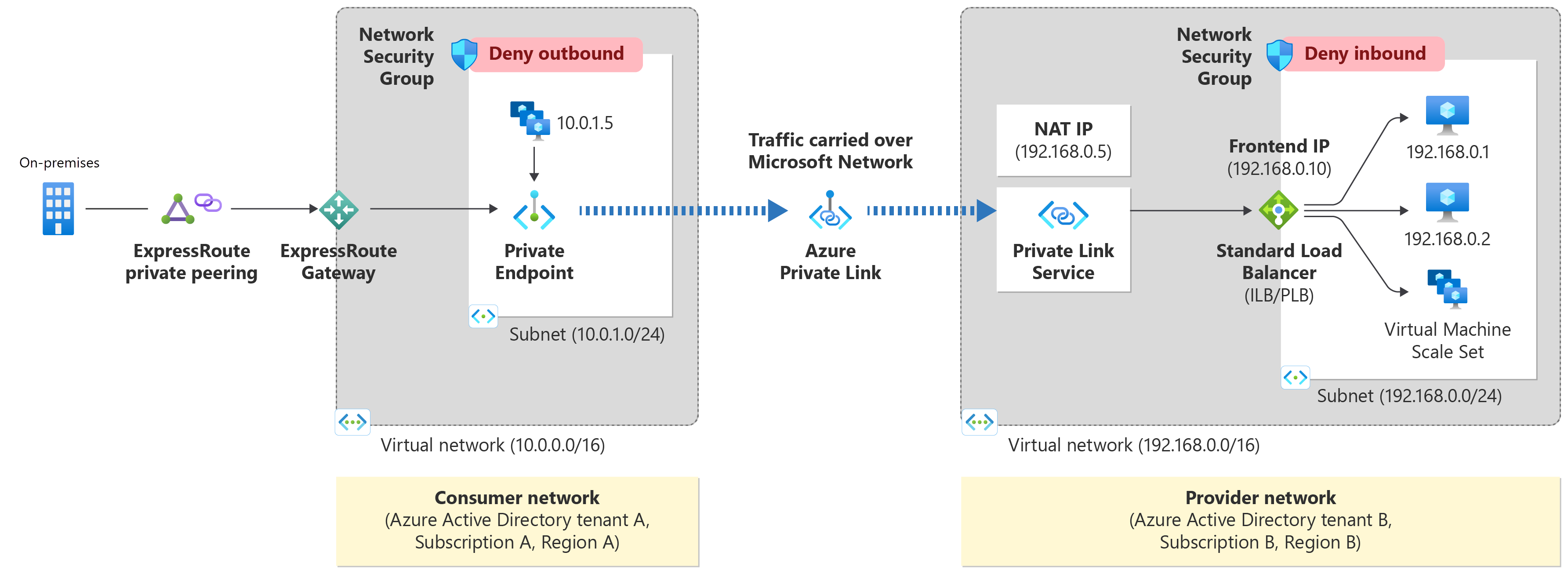Overview
When running an application in Radix and there is a need to access external Azure services through a private IP address, Private Link Services can be used to connect the Radix application to the resource, using a Private Endpoint. A Private Endpoint works by connecting a target resource to a Virtual Network. Data passing through a Private Endpoint travels the Microsoft backbone network, not exposed to the internet.
More information can be found in the Azure documentation
Private links have other policies in Omnia Classic subscriptions, which makes it impossible to establish services like Private Endpoints with Radix. More information in Omnia Docs
An alternative can be to host an API in Omnia Classic, publish this in APIM. Then this API can be used by an Radix application.

In order to establish a Private Endpoint from Radix to your external resource, follow instructions in the Private Link Guide.
The following information is needed:
- Subscription owner
- Subscription ID
- Resource ID (found in the properties of a resource in the Azure portal)
Resource ID example: /subscriptions/A01234567-bc89-123d-ef45-678g9hi12jkl/resourceGroups/Some_RG_Prod/providers/Microsoft.Sql/servers/sql-some-prod
This will show up as a pending request in the destination subscription. When the request is approved, a Private Endpoint will be created in your subscription, and a Private Link between the two endpoints will be established.
You can continue using the same FQDN to access the remote resource after the Private Endpoint has been created.
If you create a Private Endpoint on a resource in Omnia Standalone to Omnia Radix, and that resource type has a Private Endpoint DNS zone which is forwarded to Omnia Classic, then that resource will not be resolvable from on-premise. This applies e.g. to Blob Storage for Azure Storage Accounts.